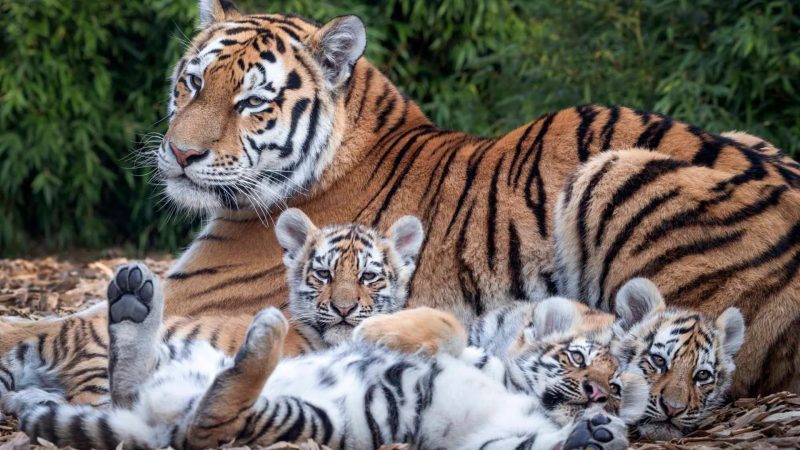Meet the Canada Lynx: Cat with Paws as Big as a Human Hand
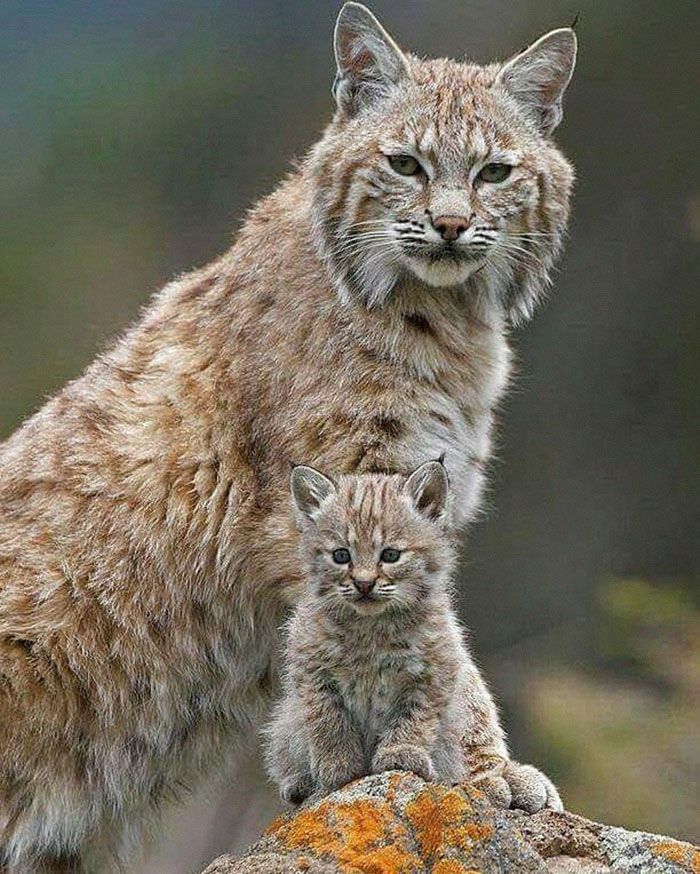
In the remote and rugged regions of North America, a majestic feline roams silently through the dense forests and snowy landscapes—the Canada Lynx. With its distinctive tufted ears and mesmerizing eyes, this elusive predator captivates the hearts of wildlife enthusiasts and researchers. One of the most fascinating features of the Canada Lynx is its oversized paws, which are as big as a human hand.
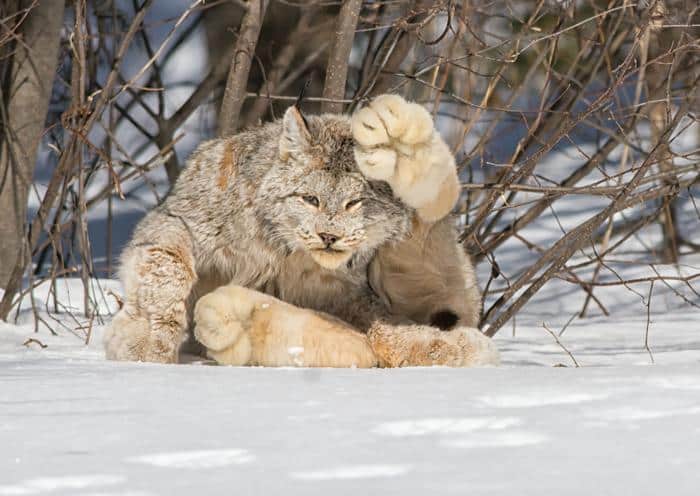
Scientifically known as Lynx canadensis, the Canada Lynx is a medium-sized wild cat species that primarily inhabits the boreal forests of Canada and parts of the northern United States. These lynx are perfectly adapted to the harsh and snowy environments they call home. Their large paws serve as natural snowshoes, enabling them to effortlessly navigate through deep snowdrifts and treacherous terrains.
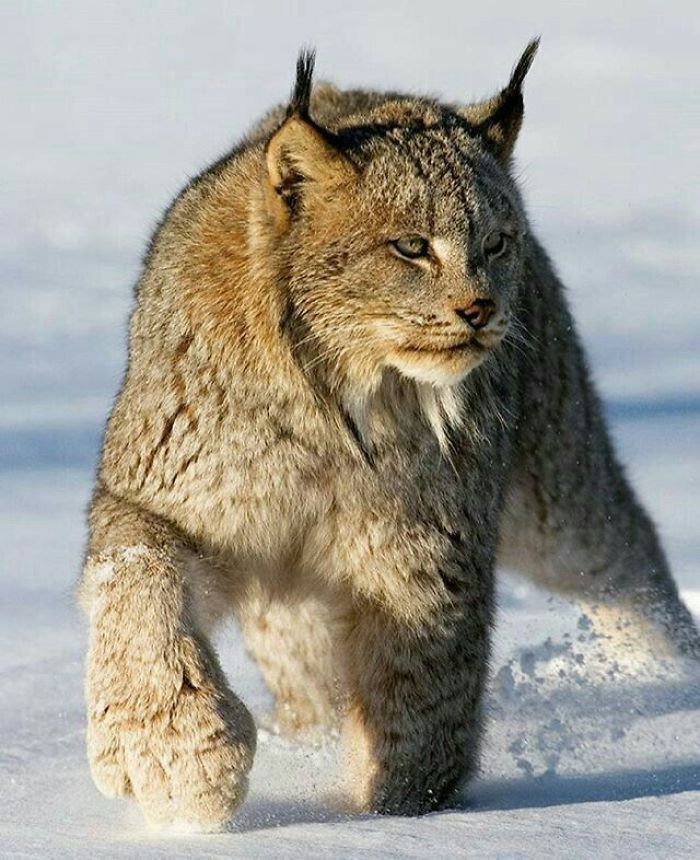
The Canada Lynx’s paws are characterized by their size and remarkable adaptations. Each paw is equipped with dense fur and wide, well-padded toes, providing both insulation and excellent traction in the snow. The enlarged size of their paws distributes their weight over a larger surface area, preventing them from sinking into the deep snow and allowing them to move more efficiently.
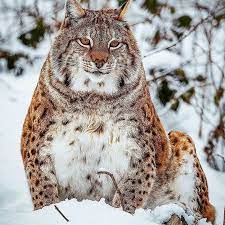
These impressive paws also play a crucial role in the Canada Lynx’s hunting strategy. With their exceptional hearing and keen eyesight, these skilled predators rely on their large paws to silently stalk their prey. When they detect small mammals, such as snowshoe hares or rodents, beneath the snow, they pounce with incredible precision, using their powerful forelimbs and sharp retractable claws to secure their meal.
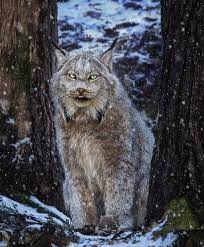
The Canada Lynx’s unique adaptation extends beyond its paws. Its dense fur, which ranges in color from grayish-brown to reddish-brown, provides excellent camouflage against the snowy backdrop. Its tufted ears, outlined with long black tufts of fur, enhance its hearing abilities and add to its distinctive appearance.
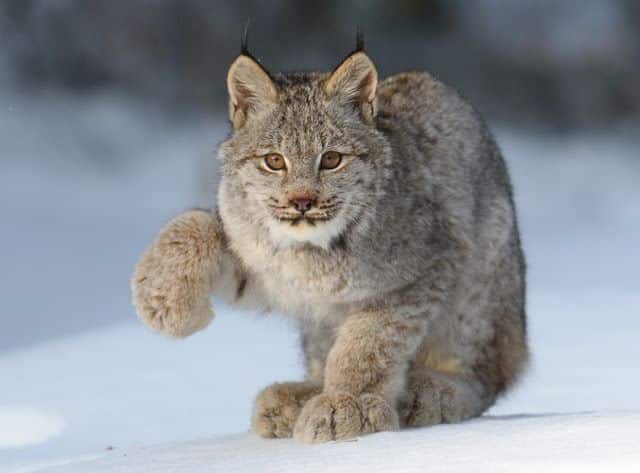
These solitary and elusive cats are predominantly active during twilight and nighttime hours. They prefer dense coniferous forests, where they can find ample prey and maintain their elusive nature. The lynx’s diet mainly consists of snowshoe hares, which make up approximately 75% of their food intake. However, they are also known to hunt rodents, birds, and occasionally larger prey such as deer.
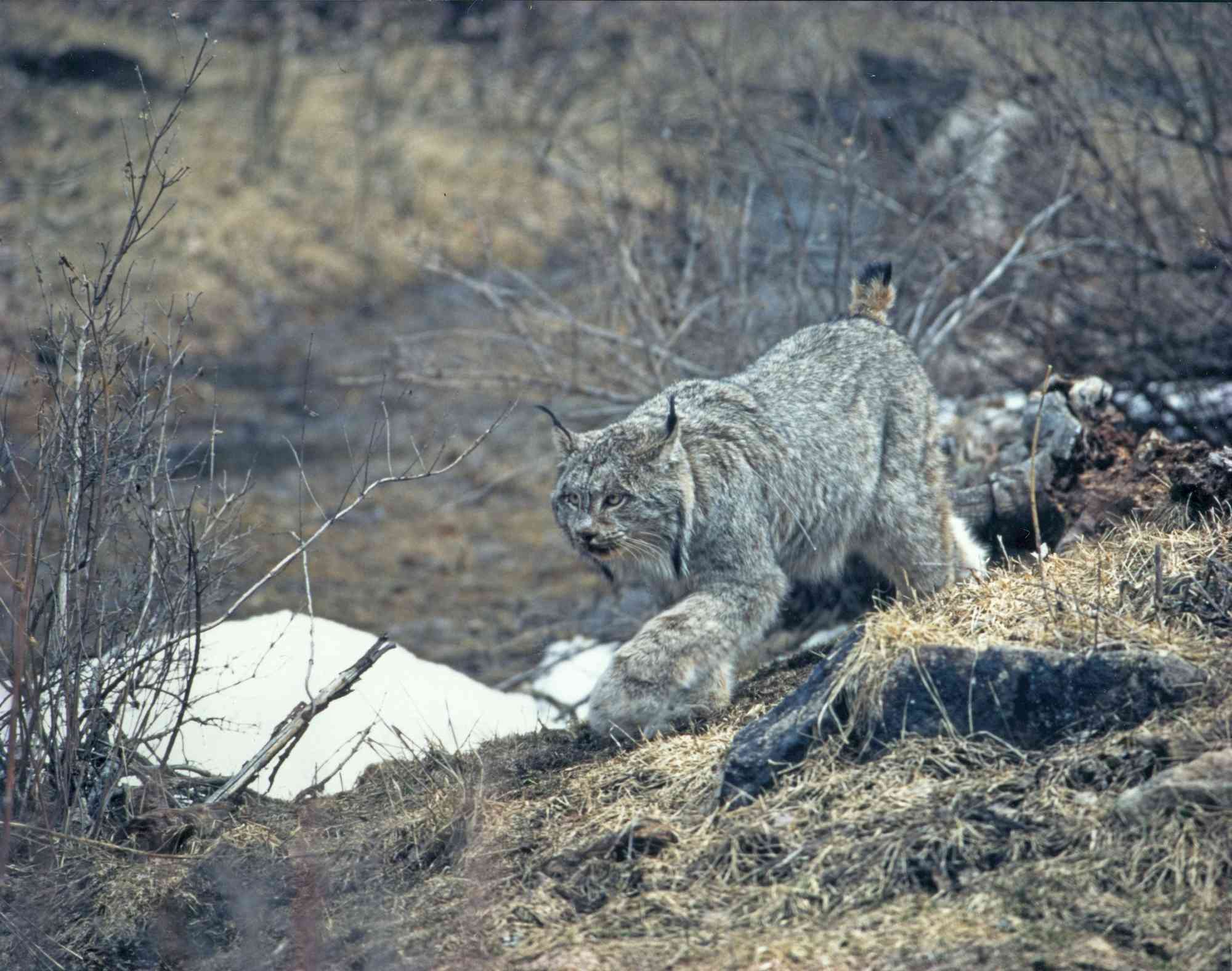 Conservation efforts are crucial for the Canada Lynx, as habitat loss, climate change, and trapping pose significant threats to their population. In recognition of their importance in the ecosystem, these cats are protected by various conservation regulations. These measures aim to preserve their habitat and ensure their continued survival in the wild.
Conservation efforts are crucial for the Canada Lynx, as habitat loss, climate change, and trapping pose significant threats to their population. In recognition of their importance in the ecosystem, these cats are protected by various conservation regulations. These measures aim to preserve their habitat and ensure their continued survival in the wild.
Encountering a Canada Lynx is a rare and unforgettable experience. Their majestic presence, combined with their remarkable adaptations, makes them an iconic symbol of the northern wilderness. By understanding and appreciating the significance of these felines and supporting conservation initiatives, we can help safeguard the future of the Canada Lynx and ensure the preservation of their unique traits, including their paws as big as a human hand, for generations to come.



